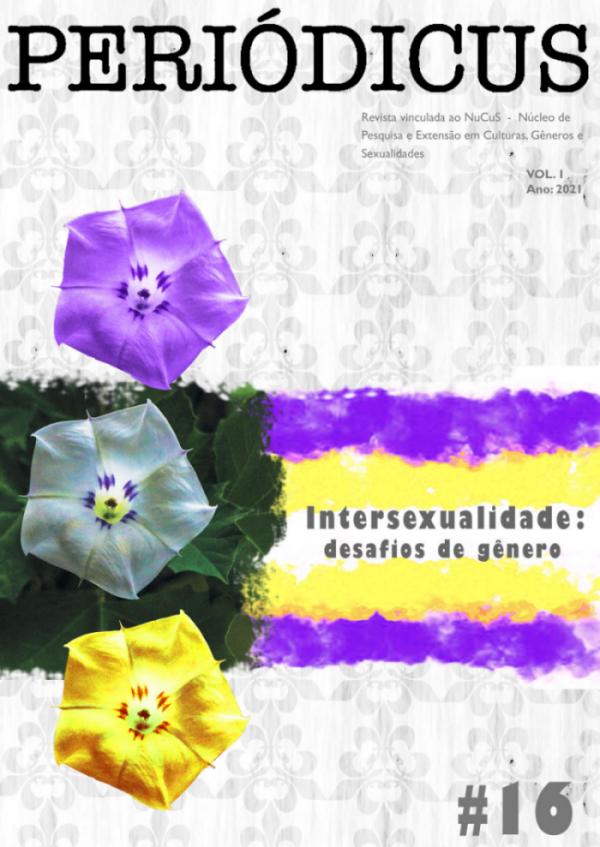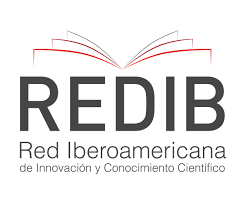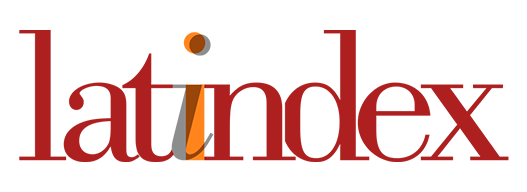University youths: disputed masculinities
DOI:
https://doi.org/10.9771/peri.v1i16.37029Abstract
This article aims to problematize how young university students understand the concept of masculinities and how their performance occurs in that environment. How these young people base what it is to be a “man” and their conflicts regarding the possibilities of experiencing the genders. For such purpose, this article works with a clipping: students, mostly eighteen years old, from the University of São Paulo, campus Butantã, more specifically from the School of Communications and Arts. The analysis is based on several extracurricular meetings held in the second semester of 2019 both inside and outside the university space. From this panorama, it is possible to reflect how men and women are in dispute on their way to (re)signify “being a man”. While men are still in the first stage of awareness about normalizing action, women are already able to identify, classify and act around the norm, especially because they are the main victims.
Downloads
Downloads
Published
How to Cite
Issue
Section
License
Copyright (c) 2021 Gabriel Morais

This work is licensed under a Creative Commons Attribution-NonCommercial 4.0 International License.
Authors who publish in this journal agree to the following terms:
Authors retain copyright and grant the journal the right of first publication, with the work simultaneously licensed under a Creative Commons Attribution Noncommercial License that allows the work to be shared with acknowledgment of authorship and initial publication in this journal, but prohibits commercial use.
Authors are authorized to enter into separate additional contracts for non-exclusive distribution of the version of the work published in this journal (e.g., publishing in an institutional repository or as a book chapter), with acknowledgment of authorship and initial publication in this journal.
Authors are permitted and encouraged to publish and distribute their work online (e.g., in institutional repositories or on their personal website) at any point before or during the editorial process, as this can generate productive changes and increase the impact and citation of the published work (see The Effect of Open Access).








